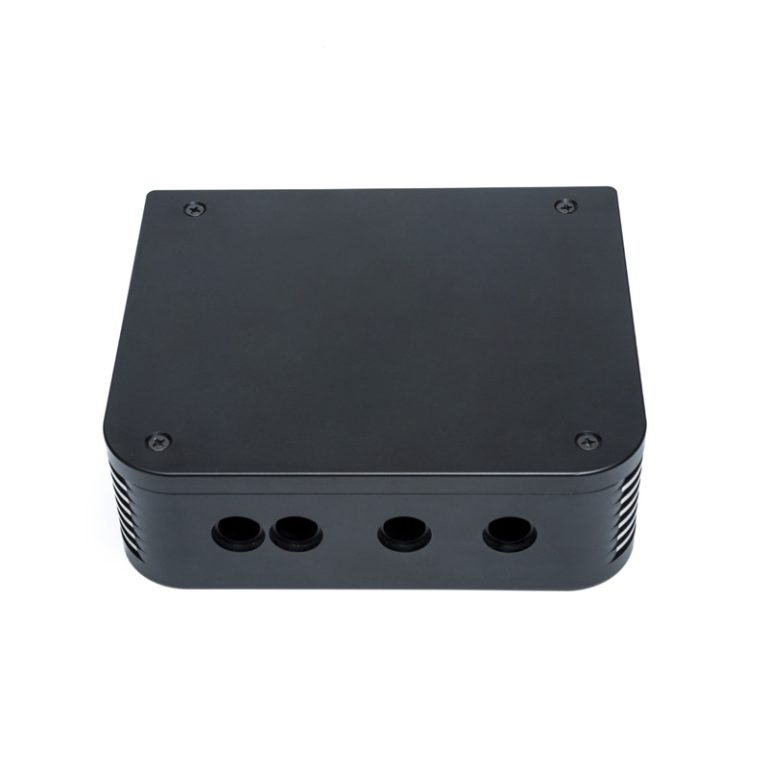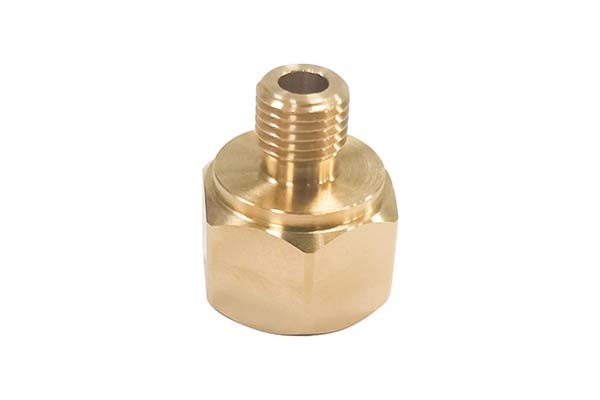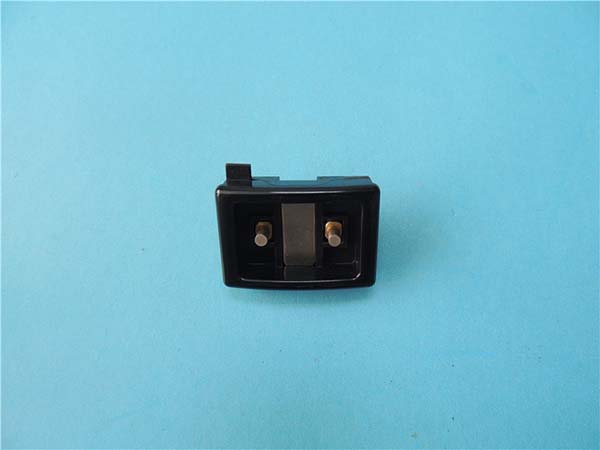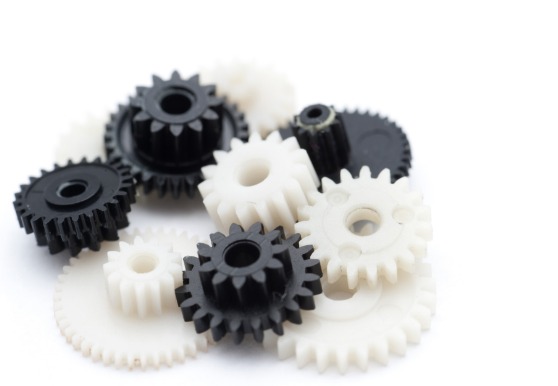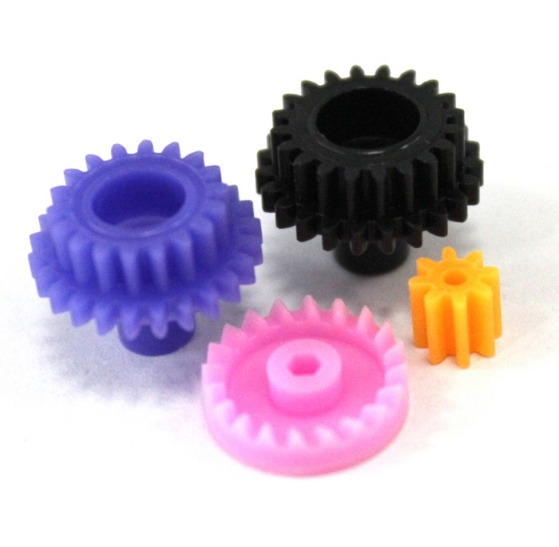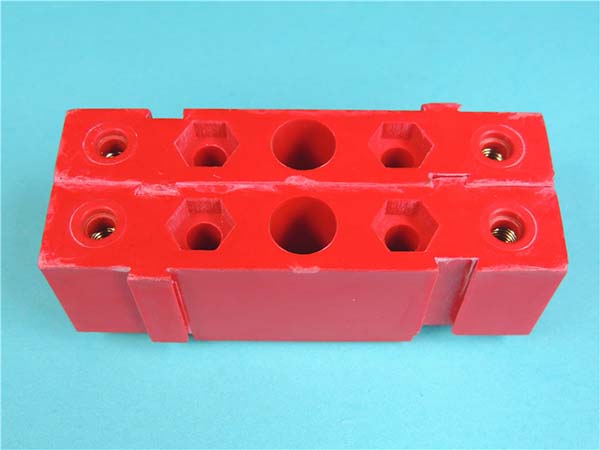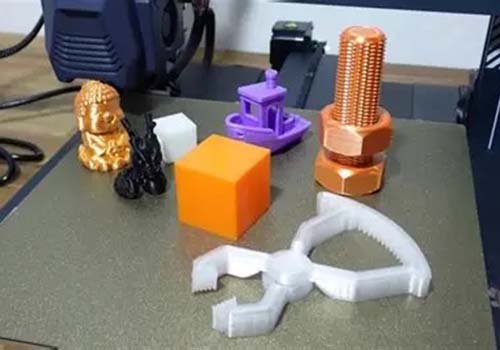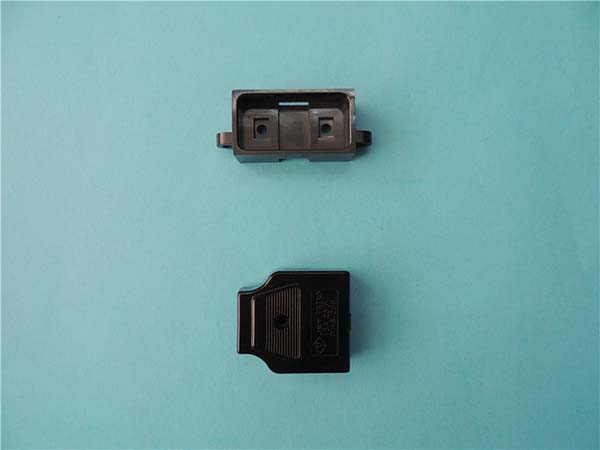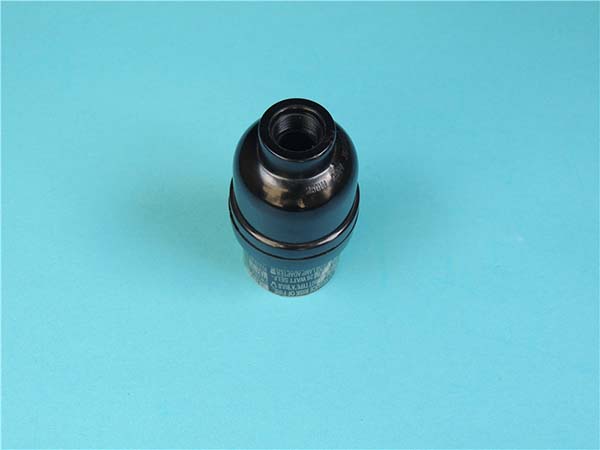Introduction
In the ever - evolving landscape of mechanical engineering, the combination of rack and gear systems has long been a cornerstone for converting motion. The "Plastic Revolutions: The Rack and Gear Phenomenon" represents a significant shift in how these fundamental components are designed, manufactured, and utilized. This revolution is not just about a change in materials; it's a transformation that impacts multiple industries, from automotive to consumer electronics, offering new solutions to age - old engineering challenges.
Understanding the Basics of Rack and Gear
A gear is a mechanical component with teeth on its circumference, designed to mesh with other toothed components to transmit motion and power. When two gears are in mesh, the rotation of one causes the other to rotate. A rack, on the other hand, is a special type of gear with teeth cut into a straight, linear strip.
The magic happens when a gear and a rack work together. As the gear rotates, its teeth engage with the teeth of the rack. This interaction converts the rotational motion of the gear into linear motion of the rack. For example, in a car's steering system, a small gear (pinion) rotates, and as it does, it moves a rack back and forth. This linear motion of the rack is then transferred to the wheels, allowing the driver to turn the vehicle. Conversely, if a force is applied to move the rack linearly, the gear will rotate. This ability to convert between rotational and linear motion makes rack - and - gear systems crucial in countless mechanical applications. In industrial machinery, they are used for precise linear positioning, such as in the movement of robotic arms or the adjustment of cutting tools in a milling machine.
Applications of Plastic Rack and Gear
The versatility of plastic rack and gear systems is evident in their wide - spread use across multiple industries. Each application takes advantage of the unique properties of plastic to solve specific engineering challenges.
Automotive Industry
In the automotive industry, plastic rack and gear systems play a crucial role in enhancing vehicle performance and driving experience. In the steering system, for example, plastic gears and racks are increasingly being used in place of traditional metal components. A study by an automotive research institute found that vehicles with plastic - based steering rack and gear systems showed a 10% reduction in steering effort. This is because plastic components are lighter, which reduces the overall weight of the steering mechanism. Lighter steering systems not only make driving more effortless, especially in low - speed maneuvers like parking, but also contribute to better fuel efficiency.
In window - lifting mechanisms, plastic rack and gear systems are also popular. They operate more quietly compared to metal counterparts, which is a significant advantage for improving the in - car acoustic environment. According to market research, over 70% of new - model cars now use plastic - based window - lifting mechanisms. The corrosion - resistance of plastic ensures that these components can withstand the humid and sometimes corrosive environment inside a car, such as from spilled drinks or moisture from wet clothes, without rusting or degrading over time. This leads to increased reliability and reduced maintenance costs for car owners.
Robotics
Robotics is another field where plastic rack and gear systems have made a significant impact. In robot joints, plastic gears are often used due to their lightweight nature. A case study on a popular industrial robot showed that by replacing metal gears with plastic ones in the joint mechanisms, the robot's overall weight was reduced by 15%. This weight reduction directly contributes to increased speed and flexibility of the robot. Lighter components require less power to move, which means the robot can operate more efficiently, performing tasks faster and with greater precision.
In the robot's overall Transmission system, plastic racks and gears can improve the accuracy of movement. The self - lubricating properties of some plastics reduce friction between the teeth of the rack and gear, minimizing backlash (the play between meshing teeth). This results in more precise linear and rotational movements, which is crucial for tasks such as pick - and - place operations in manufacturing or delicate surgical procedures in medical robotics. In fact, in precision - oriented robotic applications, plastic rack and gear systems can achieve positioning accuracies within ±0.1 mm, meeting the high - precision requirements of modern manufacturing and medical fields.
.
Comparison: Plastic vs. Metal Rack and Gear
Performance Comparison
When it comes to the performance of plastic and metal rack and gear, there are several key aspects to consider. The following table provides a detailed comparison:
| Performance Aspect | Metal Rack and Gear | Plastic Rack and Gear |
| Strength | High - Metals like steel can withstand high loads. For example, carbon steel gears can handle torque loads up to several hundred Newton - meters depending on their size and design. | Generally lower than metal, but high - performance plastics such as PEEK (Polyether Ether Ketone) can have relatively high strength. PEEK plastic gears can handle torque loads up to around 50 - 100 Newton - meters in some applications. |
| Stiffness | High stiffness, which means they have less deformation under load. A steel rack will have a very low deflection even under significant force. | Lower stiffness compared to metal. However, reinforced plastics with additives like glass fibers can increase their stiffness. For instance, glass - fiber - reinforced nylon gears have improved stiffness but are still not as stiff as metal counterparts. |
| Wear Resistance | Good wear resistance, especially when properly lubricated. Hardened steel gears can operate for a long time with minimal wear in industrial applications. | Varies depending on the plastic material. Some plastics like POM (Polyoxymethylene) have excellent self - lubricating properties and relatively good wear resistance. In low - load applications, POM plastic gears can have a long service life, but in high - load and high - speed scenarios, they may wear faster than metal gears. |
| Corrosion Resistance | Prone to corrosion, especially in the presence of moisture and certain chemicals. Steel racks and gears need anti - corrosion treatments like plating or painting to prevent rust. | High corrosion resistance. Plastics are not affected by most common corrosive agents, making them suitable for use in environments where metal would quickly degrade, such as in chemical processing equipment or outdoor applications with exposure to moisture. |
| Noise Generation | Can produce more noise during operation, especially at high speeds or when not properly lubricated. | Generally operate more quietly due to their damping properties. This makes them ideal for applications where noise reduction is crucial, such as in household appliances or office equipment. |
Cost Comparison
Cost is a significant factor in the selection of rack and gear materials. The cost comparison between plastic and metal in different aspects is as follows:
- Material Cost: Metal materials, especially high - quality steels, can be relatively expensive. For example, stainless steel is more costly than common carbon steels. In contrast, plastic materials are generally more affordable. A kilogram of engineering plastic like ABS (Acrylonitrile Butadiene Styrene) is much cheaper than the same amount of steel.
- Processing Cost: Metal manufacturing processes such as forging, machining, and heat treatment are complex and require expensive equipment and skilled labor. Machining a metal gear can involve multiple steps like cutting, grinding, and finishing, which increases the cost. Plastic rack and gear production, on the other hand, often uses injection molding, which is a more efficient and cost - effective process for mass production. Once the mold is created, plastic parts can be produced quickly and with less labor input.
- Maintenance Cost: Metal rack and gear systems need regular maintenance to prevent corrosion and ensure smooth operation. This includes lubrication, rust prevention treatments, and periodic inspections. In contrast, plastic rack and gear systems usually require less maintenance due to their corrosion - resistance and self - lubricating properties in some cases.
The following graph shows the long - term cost comparison between plastic and metal rack and gear systems over a period of 5 years in an industrial application with an initial investment of \(10,000 for the metal system and \)6,000 for the plastic system, considering annual maintenance costs and replacement parts:
Yigu Technology's Perspective
As a non - standard plastic metal products custom Supplier, Yigu Technology has a unique perspective on the "Plastic Revolutions: The Rack and Gear Phenomenon". With advanced manufacturing technologies and a team of experienced engineers, Yigu Technology is at the forefront of producing high - quality plastic rack and gear components.
Our state - of - the - art injection molding and precision machining processes enable us to create customized plastic racks and gears that meet the most demanding specifications. We understand that each application has its own set of requirements, whether it's in terms of strength, precision, or environmental resistance. That's why we work closely with our clients to develop tailored solutions.
For example, when a client in the medical equipment industry needed a plastic rack and gear system for a new surgical device, we used our expertise in material selection and design optimization. We chose a biocompatible plastic material that could withstand sterilization processes and ensured that the gear teeth were precisely cut for smooth and accurate movement. This not only met the client's functional needs but also helped them reduce the weight of the device, improving its usability during surgical procedures.
Yigu Technology also emphasizes continuous innovation. We are constantly researching and developing new plastic materials and manufacturing techniques to enhance the performance of our rack and gear products. By staying ahead of the curve, we can offer our clients the latest and most efficient solutions in the market. Our commitment to quality and customer satisfaction has made us a trusted partner for companies looking to leverage the benefits of plastic rack and gear technology in their products.
FAQ
What are the main advantages of plastic rack and gear over metal ones?
Plastic rack and gear are significantly lighter than metal counterparts, which can lead to weight - reduction in mechanical systems, especially beneficial for applications like aerospace or portable devices. They are highly resistant to corrosion, eliminating the need for anti - corrosion treatments. The production cost of plastic rack and gear is often lower due to simpler manufacturing processes like injection molding. Additionally, they operate more quietly and some plastics have self - lubricating properties, reducing the need for external lubrication.
In which industries are plastic rack and gear widely used?
Plastic rack and gear are widely used in various industries. In the automotive industry, they are used in steering systems and window - lifting mechanisms. In robotics, they play a crucial role in robot joints and the overall transmission system. The medical equipment industry uses them in surgical instruments and medical testing equipment. In consumer electronics, they are found in printers and camera lens adjustment mechanisms. They are also applied in household appliances, office equipment, and many other fields where their unique properties are advantageous.
How to ensure the quality of plastic rack and gear products?
To ensure the quality of plastic rack and gear products, first, choose high - quality plastic materials that meet the specific requirements of the application, considering factors like strength, wear - resistance, and chemical resistance. Secondly, strictly control the production process, such as optimizing injection - molding parameters like temperature, pressure, and cooling time. Precise mold design and manufacturing are also essential to ensure accurate dimensions. Finally, conduct comprehensive quality inspections, including dimensional accuracy measurement, surface quality examination, and performance testing, to identify and eliminate defective products.
